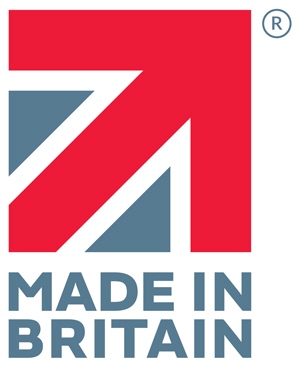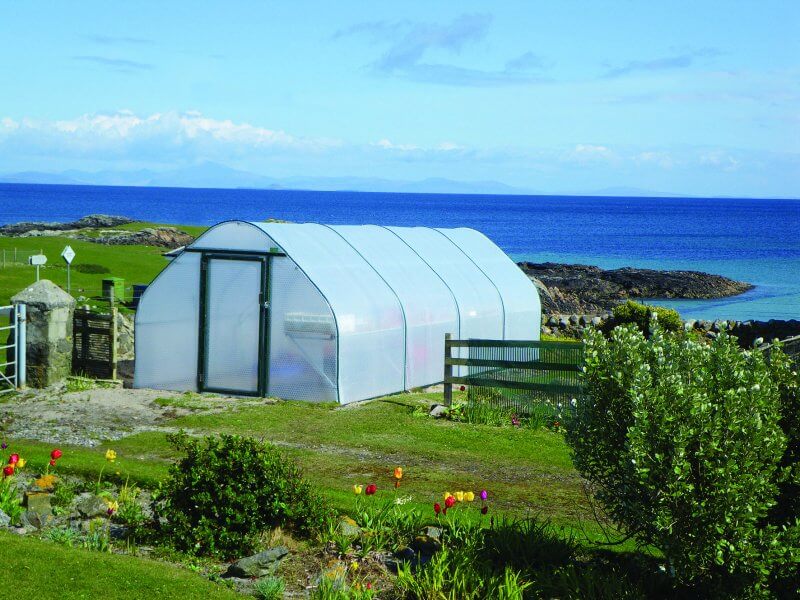Greenhouse or polytunnel?
The choice is yours, look to the long term when making a decision.
Like everything in life, one gets what one pays for but in the case of comparing polytunnels and greenhouses this has never been truer because it is not just the cost factor but many other variables, which affect the health of your plants which needs consideration. Don’t look upon the acquisition of a polytunnel or greenhouse as a purchase. It is a financial investment!! So let‘s address the principle factors which affect that statement.
How long will it last?
The first consideration is cost effective longevity. In other words is it worth saving a few pence and purchasing the lowest price or perhaps stretching the purse strings or considering serious money?.
It is said that many gardeners wish they had not bought to a cost but investigated further and considered finances of long term operation and questioned their long held concepts.
So on the longevity issue there are major issues to consider, the first being the cladding as this is the shell which protects against serious weather
conditions and provides and protects plants with the kind of light needed for a healthy crop. Basically there are three main contenders of cladding with differing grades of polythene sheeting being the cheapest, various types of glass the next and technically advanced cellular cladding fast gaining in popularity for many growers.
Like everything there are good reasons for the price difference of cladding which can be broken into several main elements. The first and most important being plant health. While glass has to
be augmented with blinds or whitewash to prevent plant burn, the construction of technically advanced cellular cladding not only requires no additional augmentation but science has proved that its construction creates the most plant friendly environment when compared with other alternatives such as standard polythene or glass.
It is commonly understood that a polythene poly tunnel often requires recladding about every five years, depending on type of material, but not only does a structure clad with technically advanced cellular cladding not require this expensive recladding it has the added advantage that it can withstand winds speeds of 140 mph plus and heavy show loadings without tear damage common with polythene or the sort of breakage often associated with glass.
Naturally the cladding must be supported which is where the strength of the frame becomes a serious contender for financial consideration. There are a variety of supporting frame materials to choose from such as metals like aluminium, and galvanised steel and high tensile steel while the traditional greenhouse utilises wood. In the case of the latter one has the constant maintenance problem of either oiling or painting the wood. While aluminium and galvanised steel have their plus points these metals cannot match the strength of High tensile galvanised steel.
Internal temperature of a poly tunnel or greenHouse is critical
Keeping it cool is usually a non cost operation, opening doors and vents. But keeping it at the critical temperature, in the winter months, can be an expensive proposition. With structures clad in polythene and those utilising glass as cladding will inevitably require some form of heating. But what makes this so expensive it the retention of heat within the structure is non existent. Don’t believe me just place your hand on the outside!! But many greenhouse owners in places like the Shetlands and Falkland isles report that their technically advanced cellular cladding greenhouse does not require heating in the severe winters they experience! A major cost saving to consider when making that all important financial investment.
This is strongly connected to the problem of excess sunshine which will cause plant burn common in most polytunnels and glass clad structures which have to often take expensive measures such as blinds or the cheaper, but labour intensive aspects of whitewashing. But due to its construction this problem does not apply to greenhouses using technically advanced cellular cladding.
So the decision is yours
The time is now. Once the purchase has been made and one realises the extra financial cost it is too late. So check out the technical aspect provided above and ask the manufacturer what guarantee can be provided. Some will fudge the issue others will give you a term which includes the words ’depending on’ and others a definitive answer. It is then for you to decide, do you just want to buy a unit or make a financial investment for long term peace of mind?


